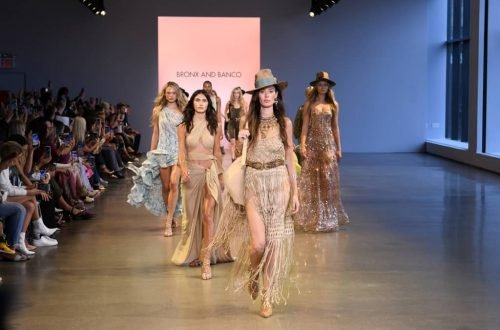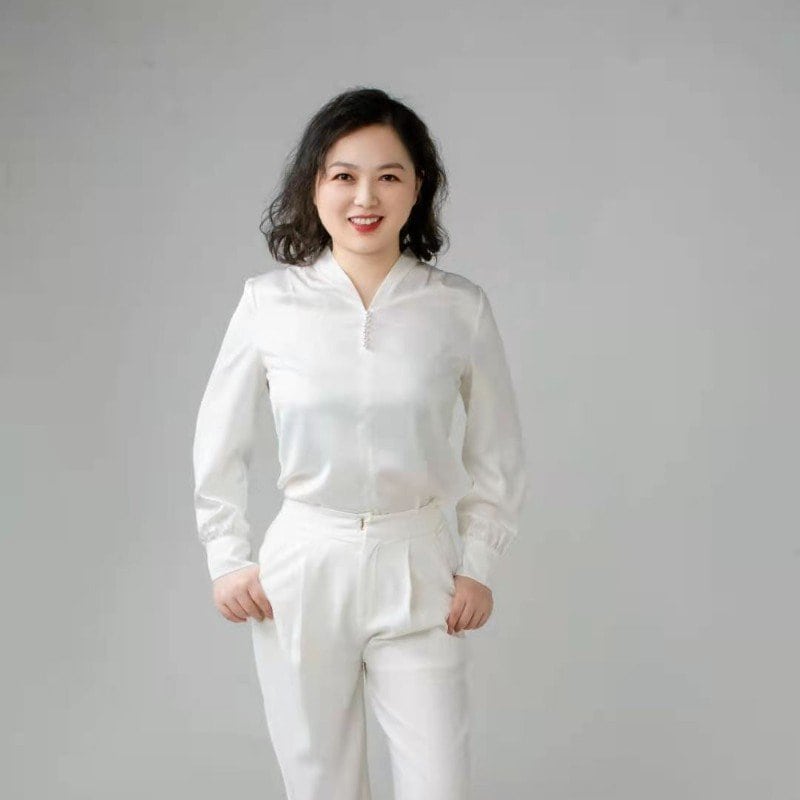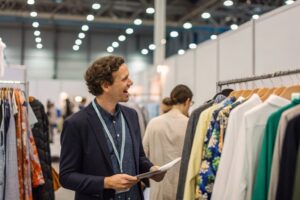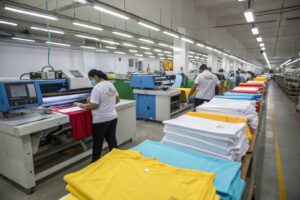1. What are the trends in clothing? What are ways to predict fashion trends?
Trends influence the manner of manufacturing in the clothing industry. Fashion trends in clothing mainly include color, material, profile, style, arrangement, mainstream lifestyles, etc. In their work, most people read reports from forecasters like WGSN. As to how forecasters make their predictions, they usually compile reports on socio-political issues, hot topics, street fashion, consumer insights, and so on. In addition, there are last season’s performance data on forecast style sales, competitive products, streetwear photos, popular websites, professional agencies, and industry professionals’ reports, among others.
To summarize, here is what is involved in forecasting fashion trends in the clothing industry:
- Compare and contrast characteristics between historical fashion trend prediction and actual fashion trend, and analyze the reasons for the variation;
- Analyze the comparisons between historical consumer clothing predictions and actual consumer clothing preferences, and analyze the reasons for the differences;
- Examine the main factors that cause the changes in historical clothing trends;
- Determine the main elements that can affect changes in future fashion trends;
- Study the life cycle of clothing trends, and evaluate the current stage and remaining phases of the trend based on the cycle diagram;
- Utilize professional prediction techniques and tools to predict fashion trends (such as WGSN and others);
- Constantly follow up the fashion trends while studying the factors in the gaps between the actual situation and the forecast data;
- Ensure regular forecast updates.
Furthermore, with various fashion trend forecasting methods out there, what do we expect fashion trends to achieve?
Clothing enterprises and clothing industry professionals gather information on the current season’s fashion trends and the subsequent seasons in various ways. They transform this knowledge into specific ideas for their own clothing products. They combine popular concepts such as type, positioning, and style characteristics and implement them in their own clothes. Aspects like color, material, type, and details are refined for their own line of clothing products. Because the trend is the general direction and represents many elements of the season, clothing designers need to combine and extract features to design to keep abreast with the trend. When a fashion trend is launched, the clothing industry tends to move in the same direction and then create designs based on the style and color scheme of their clothing brands. These trends even have an impact outside the clothing industry, namely on the catering businesses, decorations, window styles, and others. But in the final analysis, the fundamental objective is to make their clothing products sell well and receive high praise in the market and in the clothing industry in general.
The integration process requires clothing brands to have a unique understanding and clever use of fashion plans, a good grasp of the local fashion trends, as well as the intricacies of the clothing industry’s activities. They must also be able to support their styles and win the hearts of consumers to improve brand competitiveness, and this is what it takes to make the products sell well! Another crucial point is to position future customers and integrate them in marketing directions.
Over the years of development in the clothing industry, there have been two stages in the history of trend prediction. Occurring prior to the Second World War, the first period revolved around the cultivation of relevant institutions and organizations, such as those related to color, with Paris as the center of world fashion. After the Second World War, the second phase began, and it involved the globalization of fashion, garment manufacturing, communication media, and the professionalization of forecasting.
(1) The first period, before World War II, focused on the cultivation of relevant institutions and organizations and recognized Paris as the world fashion center.
The clothing industry’s attention to determining the potential interests of consumers started many years ago. The earliest fashion trends to predict demand for clothing can be traced back to 1825 when British manufacturers visiting the United States were inspired by the light wool blend fabric used in outerwear. British merchants realized the market potential of this fabric, introduced it to the home country, began mass production, and soon enough, started a fad. In 1828, a French magazine called La Bella Assemblee began to present what they thought would be popular clothing styles, which was the first seed of popular predictions in the clothing industry.
There was a continuous refinement of social production, the rapid development of garment manufacturing, and dyeing technology, and an evolution in the clothing industry in general. Simultaneously, an increase in the demand for fashion and pop music trend predictions occurred. The brief descriptions in magazines had become more and more unable to meet the requirements of the rapid development of the clothing industry. At this point, professional advisory clothing associations and institutions helping the clothing industry arose to guide the development of the new season’s clothing products. Notably, these were the Pop Color Association, the Toby Consultants Association, and the Fashion Concept Group.
(2) The second phase began after World War II, and it involved the globalization of fashion, garment manufacturing, communication media, and the professionalization of forecasting in the clothing industry.
If the pre-Second World War period was embryonic, then the post-World War II period was vigorous. After this war, the rise of hedonism and the birth of the Barbie doll further extended the concept of fashion and popularity. The clothing industry was set to undergo a significant evolution in its character at this point. The groups that triggered and accepted the trend developed towards a diversified and multi-age direction. The popularity of fast fashion and increased trade and exhibition activities prompted more trend-forecasting organizations to intervene to provide accurate advanced guidance for enterprises in the clothing industry. In this period, international trend forecasting organizations such as Promostyl, Carlin, Peclers, and the Fashion Trend Forecasting Association were the leading agencies consulted by clothing industry players. Furthermore, the vigorous development of clothing information companies and the fierce competition have promoted the rapid growth of the forecasting industry, and subsequently, the clothing industry.
The convenient and quick production and clothing import and export trade had become a global cultural phenomenon. Fashion production became an international competition. The popular practice of today’s forecaster is trend prediction by worldwide sales concepts, popular features, and information for clothing merchants to provide valuable information and appeal to a broader range of consumer groups. At the same time, the development of information technology makes the service of fashion forecasting more convenient, diversified, and rich. The establishment of WGSN, Stylesight, and other online information organizations provides more possibilities for developing the fashion and clothing industry.
At present, the modern methods for predicting the fashion color trend in the world are mainly divided into three categories. The first is the intuitive prediction method represented by the European Union. Next is the market research forecast represented by Japan. The third and last is a predictive method combining mathematical models and computer technology. With these three kinds of systems at the center, other countries have put forward their own popular color prediction theories and practices in varying degrees, which greatly influence the pace of activities in the clothing industry in their respective locations. These three categories represent institutional authority, markets, and future data.

















